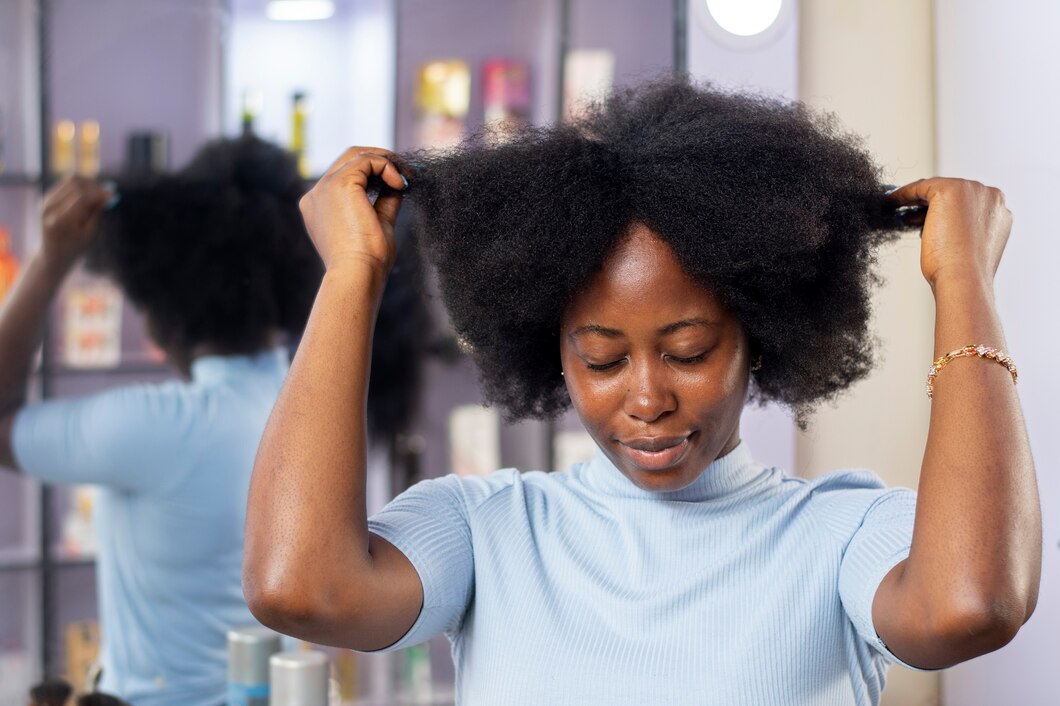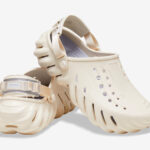Maintaining healthy ends is a cornerstone of caring for natural hair, and regular trims play a crucial role in achieving this. While visiting a salon for a professional trim is always an option, learning how to trim your natural hair at home can empower you to take control of your hair care routine. Here’s a guide to help you achieve healthy ends and retain the vitality of your natural curls in the comfort of your home.
Prepare Your Tools:
Before diving into the trimming process, gather the necessary tools. You’ll need a pair of sharp hair-cutting scissors, a wide-tooth comb, and hair clips to section your hair. Ensure that your scissors are specifically designed for cutting hair to avoid causing split ends.
Start with Clean, Detangled Hair:
Trimming clean and detangled hair makes the process smoother and more effective. Wash your hair with a moisturizing shampoo and conditioner, and gently detangle using a wide-tooth comb or your fingers to remove any knots or tangles.
Section Your Hair:
Divide your hair into manageable sections using hair clips. This helps you focus on one section at a time, making the trimming process more precise. Smaller sections make it easier to identify and trim damaged ends.
Assess Your Ends:
Carefully inspect the ends of each section. Look for split ends, thinning areas, or any noticeable damage. Hold the section of hair against a light background to make split ends more visible.
The Search-and-Destroy Method:
Rather than trimming a specific length off your hair, consider using the search-and-destroy method. This involves identifying individual damaged strands and snipping them individually. This approach is particularly useful for those who want to retain more length.
The Dusting Method:
If you prefer a more consistent trim, the dusting method is an excellent choice. To dust your ends, lightly trim about 1/8 to 1/4 inch from the ends of each section. This minimal trimming helps maintain overall length while removing any split or damaged ends.
Use the ‘Twist and Trim’ Technique:
After detangling each section, twist the hair from root to end. Any uneven ends will be more visible, making it easier to trim the damaged portions. Snip the unruly ends while keeping the twists intact.
Avoid Over-Trimming:
It’s crucial to strike a balance between maintaining healthy ends and avoiding over-trimming. Trim only what is necessary to preserve the length and volume of your natural hair. Frequent, small trims are often more beneficial than infrequent, large trims.
Moisturize and Seal:
After completing the trimming process, moisturize your hair with a hydrating leave-in conditioner and seal in the moisture with a natural oil like jojoba or argan oil. This helps to nourish your freshly trimmed ends and lock in moisture.
Celebrate Your Healthy Ends:
Admire your beautifully trimmed natural hair and appreciate the effort you’ve put into maintaining its health. Regular trims, combined with a consistent moisturizing routine, will contribute to the overall well-being and appearance of your natural curls.
Trimming your natural hair at home for healthy ends is an empowering and rewarding experience. By following these steps and paying attention to your hair’s needs, you can achieve not only vibrant and flourishing curls but also a deeper connection with your unique natural hair journey.








